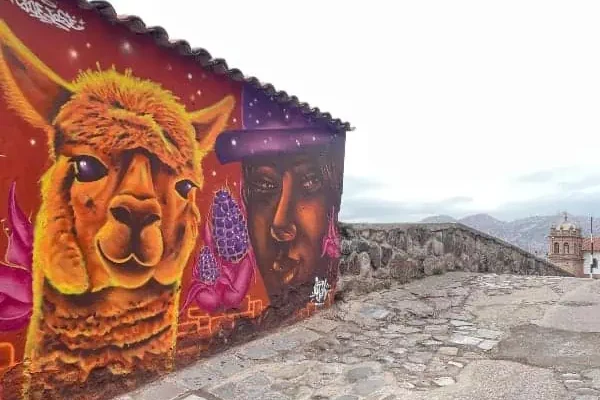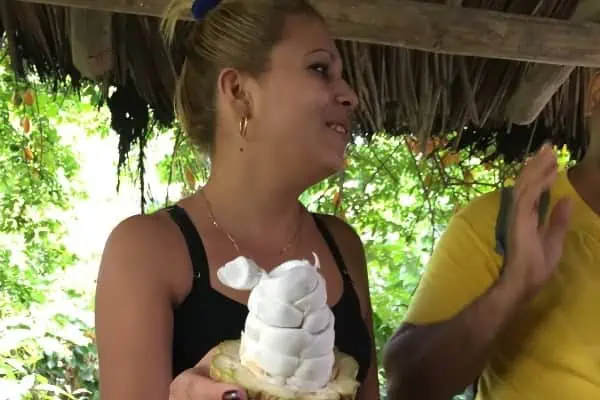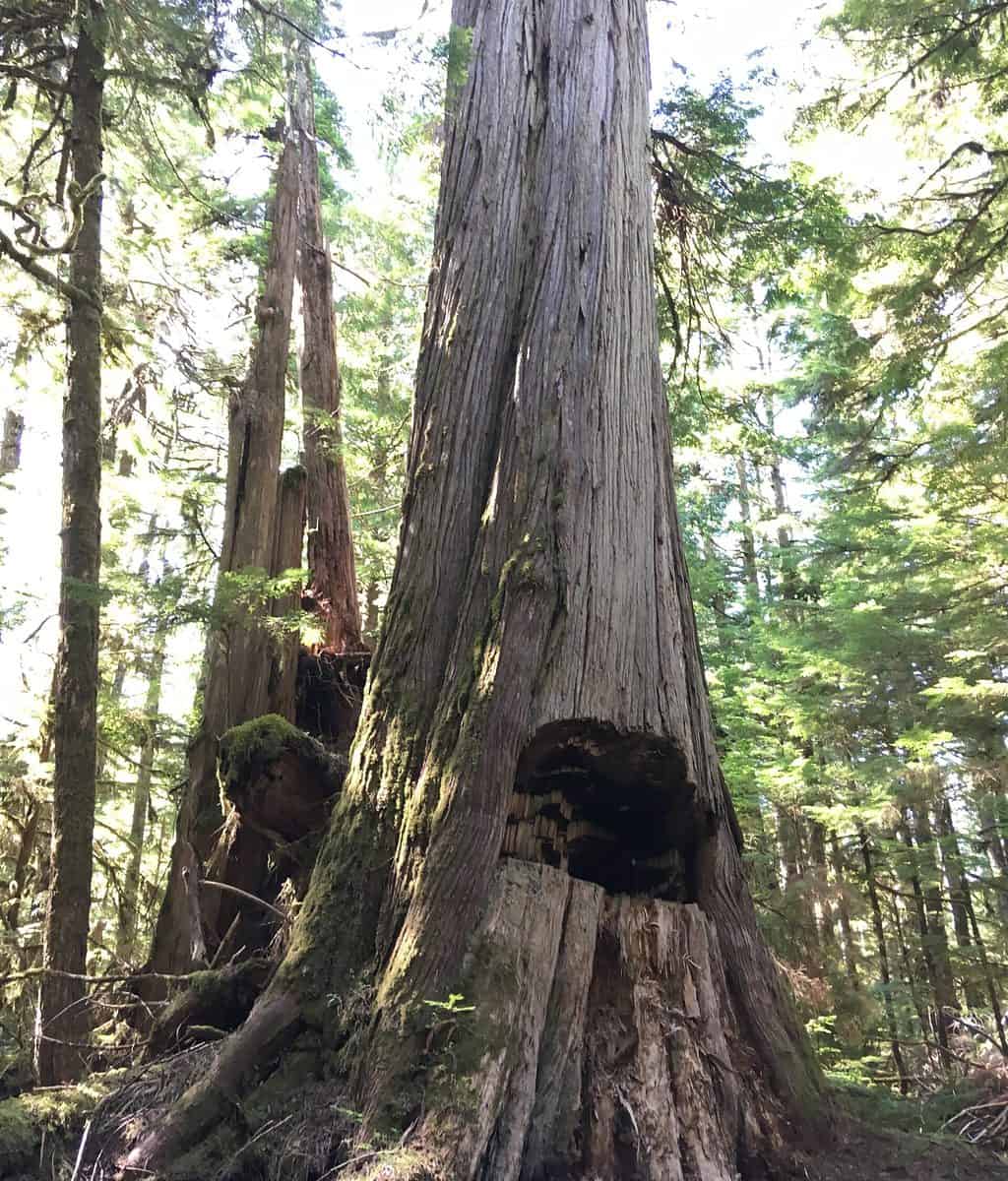
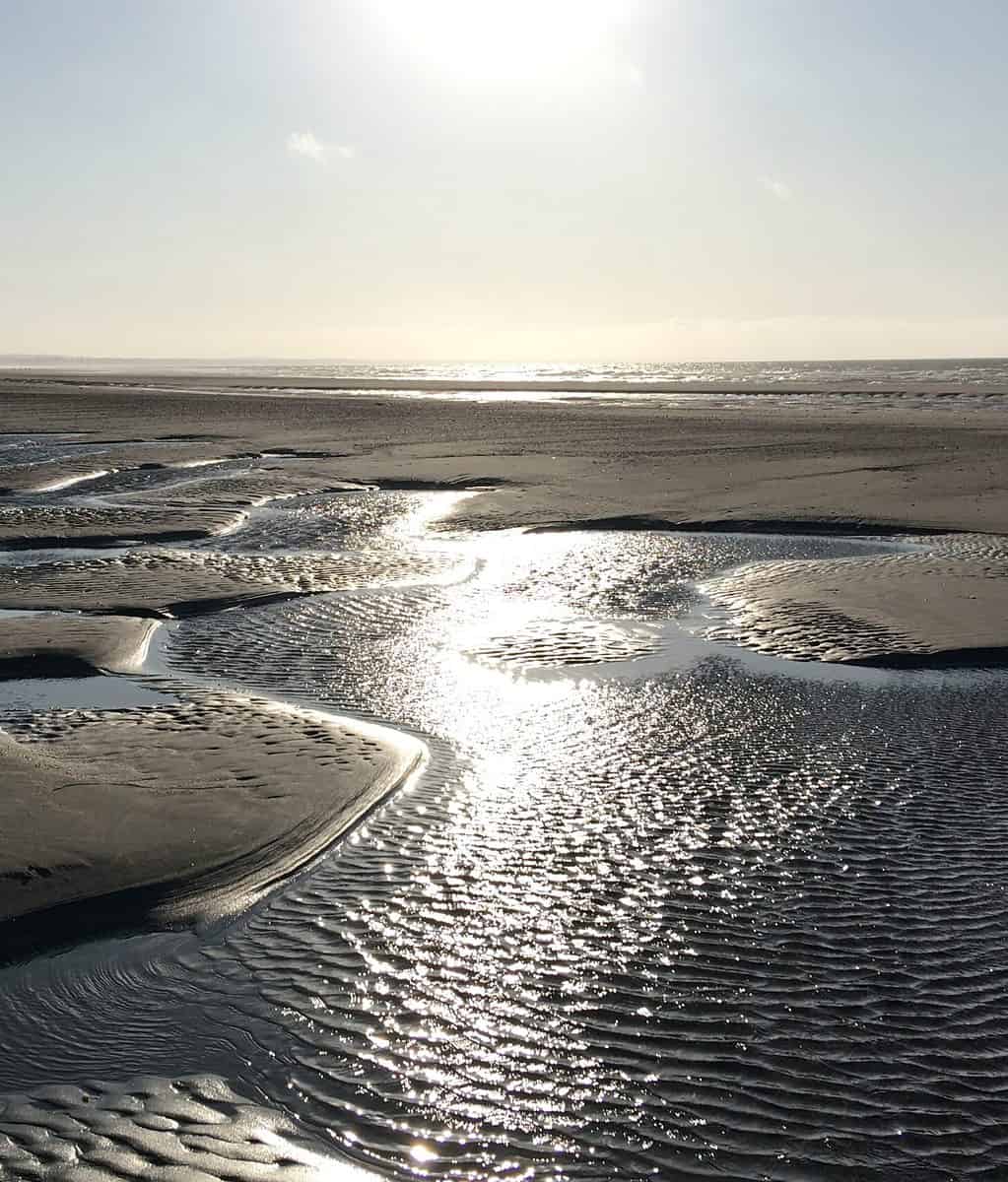
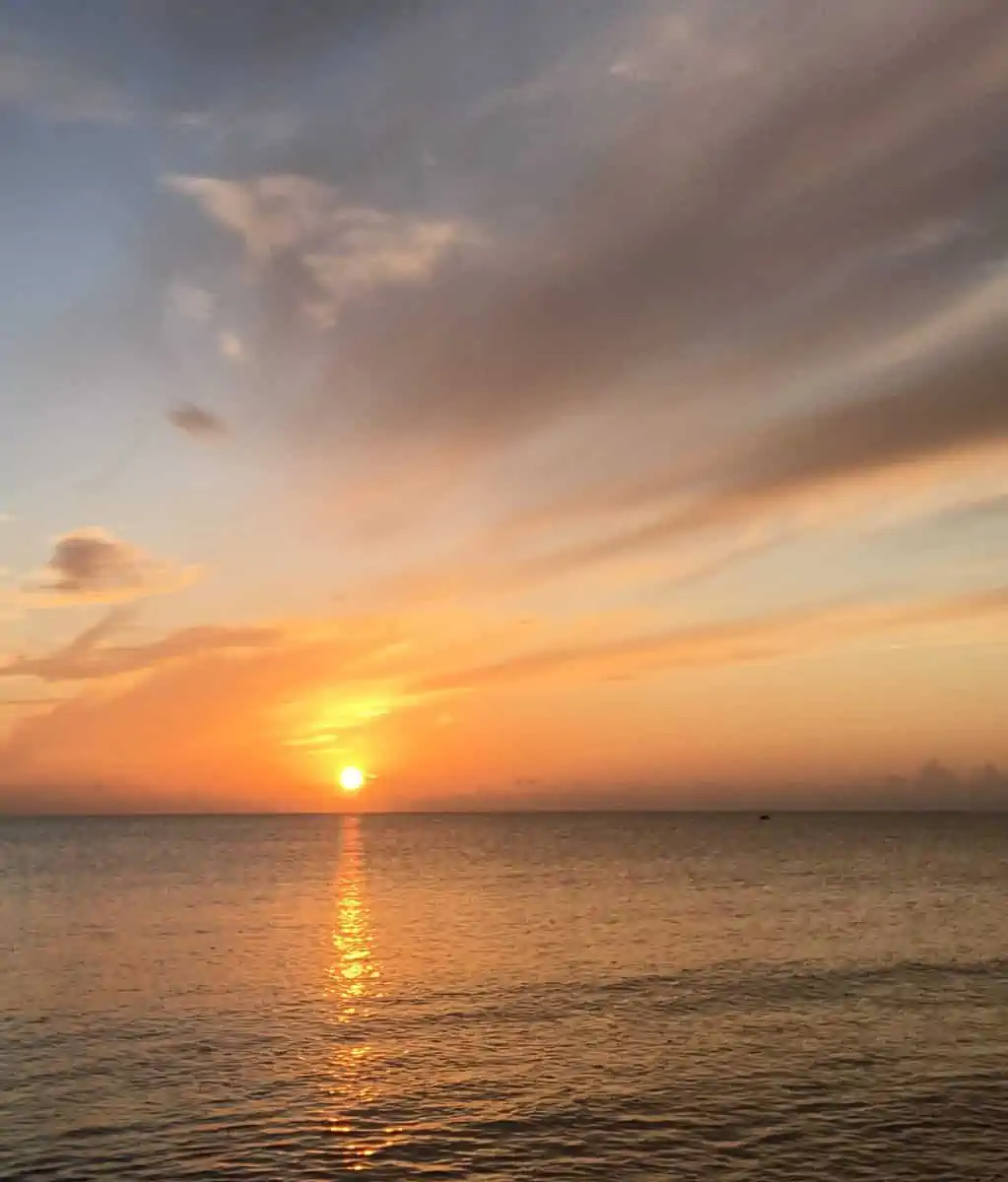
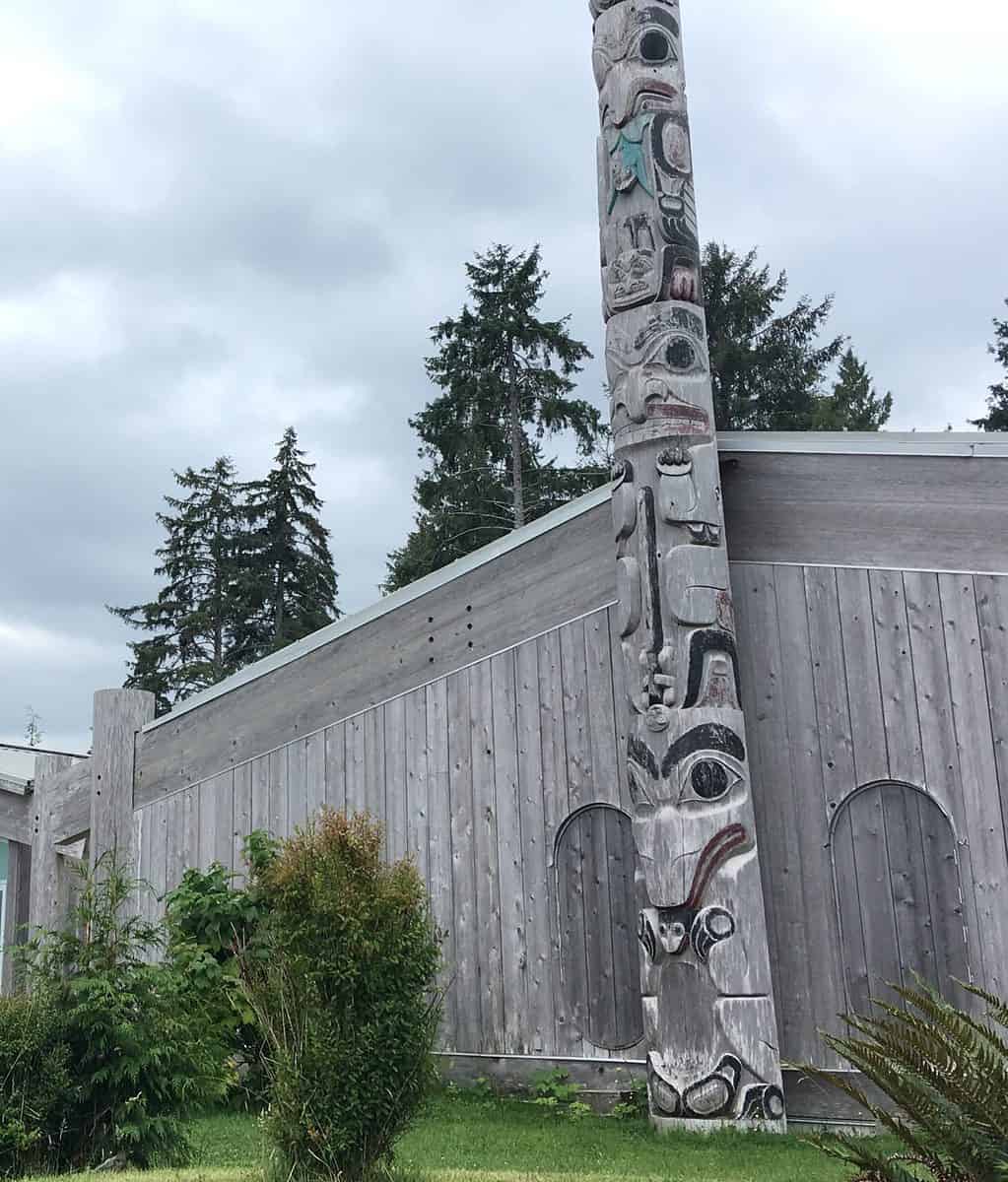
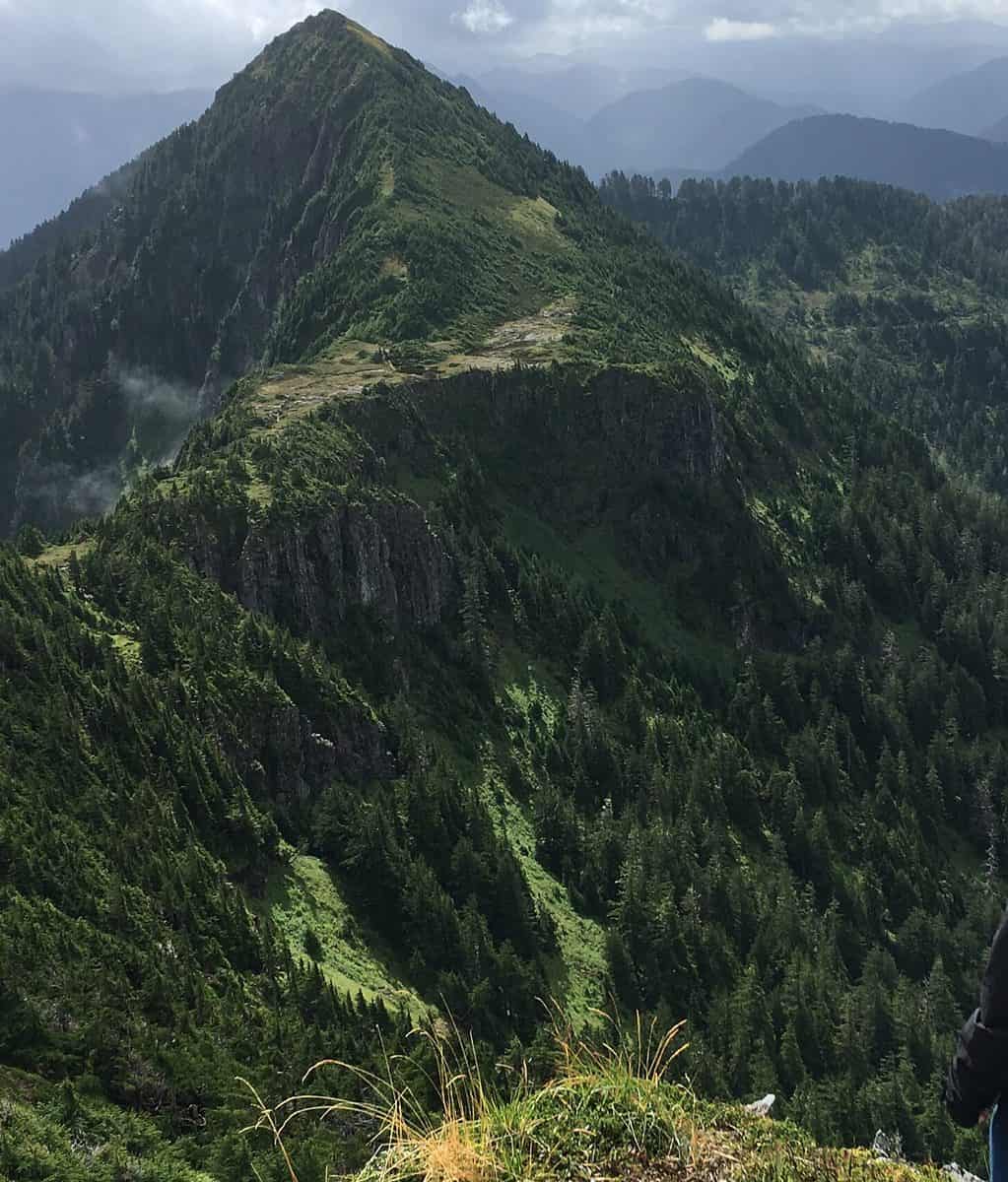
Some places, like some people, are incredibly special but also a little bit elusive. They may not make things easy; they can be difficult to reach and they don’t open themselves up to just anyone. Their richness and gifts are hidden, initially, and are often only entrusted to those who show up with humility and sincerity. One might argue that the Yukon is such a place. The long, cold winter nights are the price we pay for generous summer days, and the biggest clouds of mosquitoes and blackflies hide the sweetest wild strawberries. You have to be patient and willing to go through a bit of discomfort, but if you’re lucky, it will reward you with things that you could never even have imagined. Other places like this exist: one such place is Haida Gwaii.
Like getting to the Yukon, it’s a bit of a journey to get to Haida Gwaii. Although you can get to the archipelago by plane, the most common way to travel there is by ferry, from Prince Rupert, crossing the Hecate Strait. On a clear, balmy day, with light winds, the seven or eight hours on the ferry can be a wonderful way to soak up some sun on the upper decks or watch for sea life while drinking a coffee inside. But just as likely, or maybe even more so, is that the waters will be rough, with high winds hinting at why some call this notorious stretch of water (between Mainland, B.C. and Haida Gwaii) one of the most-dangerous bodies of water in the world.
That might be exaggerated, but maybe these geographical hurdles are what help keep places like Haida Gwaii and the Yukon as special as they are. And like the Yukon has its swarms of mosquitoes and cold winters to protect it from becoming too crowded, Haida Gwaii has its rainy climate and limited infrastructure; there are only about 140 kilometres of paved/maintained highways and very little cell service, and the largest part of the islands can only be accessed by sea or air. Some places (and people) are pretty straightforward—you get what you see. Haida Gwaii isn’t like that.
Spend time in the islands’ temperate rainforest and you’ll begin to understand that there’s more here than meets the eye. Spruce, hemlocks and cedars tower above, rain drips off of branches, and soft moss carpets the forest floor. At first it all just seems overwhelmingly green. But if you look a little closer it becomes apparent how complex the understory is and how much biodiversity and history exists here. Salal berries are in abundance on the forest’s edge, mycelium networks spread like a web beneath your feet and, on occasion, a Haida Gwaii black bear (North America’s largest subspecies of black bear) can be found hibernating in a hollow tree. Half-finished dugout canoes, ancient carved poles and fallen longhouses lie draped with moss, almost unrecognizable in the old-growth forest.
European contact brought with it various diseases to the islands in the 1800s (including an epidemic of smallpox), and death swept through the Haida communities. It’s estimated that from a population of more than 20,000, only a few hundred survived. So swift and lethal were these introduced illnesses that canoes were abandoned half-completed, and half-cut trees were left standing. There’s something intangible that still lingers, reminding visitors that these ancient places held and nurtured life for thousands of years, and that they still do. Culturally modified trees—showing evidence of how the Haida harvested cedar bark and made test holes—are living connections to the past, as well as sacred teachers for present and future generations.
The tides come in and go out twice a day, creating the eternal rhythm that the Haida have lived interconnected with for as long as they have existed. The tides bring life to the intertidal zones of the islands and what, from out at sea, might look like just another picturesque, sandy beach begins to reveal its secrets to those who spend a few hours in the salty ocean spray while wandering its expanse. Shells, agates, dead jellyfish and edible seaweed are regularly washed up, along with many other maritime curiosities. Come back a few hours later and everything will be different again. On rocky ledges, tide pools hold marine life that could entertain a small child for hours, a free living classroom open to anyone who’s interested and willing to devote a bit of time and attention. Sea lions, whales, porpoises, halibut and salmon thrive in the waters around Haida Gwaii. The last of these holds a significance so strong in the lives and spirit of the Haida and their lands that its representation can be found in lots of Haida art, past and present, as can be seen at the Haida Heritage Centre at Ḵay Llnagaay.
If you find yourself driving along the main stretch of road through the village of Daajing Giids (formerly the village of Queen Charlotte) or the town of Masset, in the north, craving some good local food, keep your senses open. Pay attention and you might see locals gathered around a food truck or a grill on a small trailer parked on the side of the road. In-between the restaurants and the shops you catch a whiff of something delicious and absolutely mouth-watering. Nothing showy, nothing complicated, just a bun and a freshly grilled piece of salmon or some halibut dipped in batter, with a few fries. It may not be advertised on Tripadvisor or be listed in a guidebook, but it’s fantastic and may be accompanied with an interesting conversation or a tip on where to go next.
Such information might lead to a hike up Sleeping Beauty, a mountain near Daajing Giids that resembles a reclined woman, when seen from the ferry coming into Skidegate, and is said to offer stunning views all the way north to Tow Hill and south towards Gwaii Haanas. A muddy, slippery trail leads upwards through a steady drizzle.You reach the summit wet and cold and find yourself enveloped in fast-moving clouds of fog and mist. Feeling discouraged, you huddle between a few straggly bushes on the top, trying to find some shelter from the ceaseless winds. You think about heading down again, defeated. Pulling a snack out of your backpack, you look towards what one might imagine is the rest of the island and the sea beyond it. A bit of sun begins to push through, the clouds begin to open up and, ever so slowly, little islands take shape off in the distance. A deer appears a few-hundred metres below you, unaware of your presence and the fact that the clouds that had shrouded and protected it, seconds before, are no longer there. The sun warms your face, and as you close your eyes for a brief moment, an eagle soars out towards the coastline, and a raven calls from somewhere nearby.
Places like Haida Gwaii are full of gifts, but not the kind that are sold in a store. It’s a place that offers you experiences and memories that money can’t buy, that can’t be reserved on a website or found in a guidebook. They can only be shared with us in a collection of unforgettable moments, like a person’s trust that has finally been earned. You may have to keep coming back, to continue building a relationship and to continue learning, but, as we Yukoners already know from experience, it’s worth it.
(The natural and cultural treasures of Haida Gwaii are still abundant and flourishing, thanks to the stewardship of the Haida Nation and the individuals who have fought to protect it, in respect and honour of their ancestors.)

